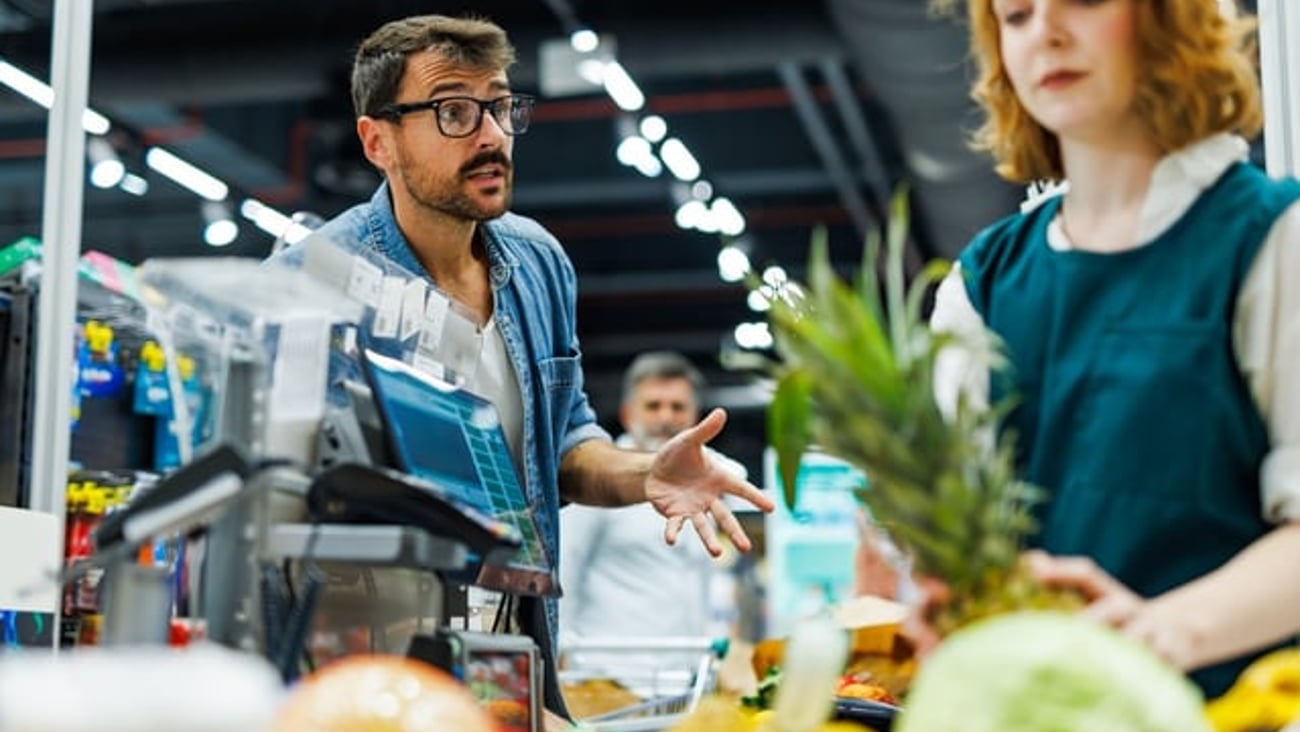Our agri-food world is about to get a whole lot smaller
It’s tomato season, and Canadians love their tomatoes. It is by far the most popular vegetable at the grocery store. The average Canadian consumes at least six to seven kilos of tomatoes per year, according to Agriculture and Agri-Food Canada. More than 12 kilos per capita of fresh and processed tomatoes are made available to Canadians every year. We do waste a lot, but have plenty to go around.
Tomatoes are the fifth largest vegetable crop in Canada, after corn, beans, peas and carrots. For greenhouse-grown vegetables, though, tomatoes are the top crop in Canada. After peppers, tomatoes are the top vegetable exported by our own growers. But we do import a lot of tomatoes as well, mainly from Mexico and the United States. Surprisingly, import and export rates are very similar in Canada. Many provinces have made efforts to increase the number of controlled-environment agriculture projects in order to grow more food domestically.
California provides a lot of processed tomatoes to Canada, as it is the largest producer in the world. Sauces, salsa, soups, you name it – many products with tomatoes end up on our Canadian grocery shelves. But California is in trouble with its water supply. It’s literally running out of water, and we are now constantly hearing more about how farmers are having a hard time growing anything in these drought conditions.
Recent reports suggest California is experiencing the worst drought in 1,200 years, impacting many crops, including tomatoes. Some are even speculating that we could run out of spaghetti sauce. Prices may rise, indeed, but it is highly unlikely Canada will run out of spaghetti sauce. For one, we have many great local products often overlooked by consumers who are only looking for certain brands. Also, we produce a lot of tomatoes here in Canada, and sauces are easy to make. We should be concerned about many things, but not about running out of spaghetti sauce.
That said, the troubles in California will lead to massive changes in the way we grow, import and export commodities – the way farmers’ fields connect with what we consume every day. And the change is happening very quickly.
For growers and producers, coupled with mother nature’s wrath is carbon energy, once invisible and now greatly affecting costs. Spending energy to produce, process and transport food is about to get more expensive. Putting a price on carbon will get companies to strategize differently. Producers and processors are now compelled to think differently about how they service markets, including Canada. In other words, our agri-food world is about to get much smaller.
Case in point: this summer, we learned that California giant Driscoll’s signed a partnership with farmers to grow berries right here in Canada. Driscoll’s is one of the largest fruit growers in the world and has dealt with water scarcity issues. While Canadian farmers in British Columbia and Quebec are taking on the task of growing for Driscoll’s as part of the deal, they’ve also received Driscoll’s know-how, including genetics and growing expertise. This is worth a lot of money and time. Driscoll’s smart move will actually allow both Canadian growers and consumers to gain.
Essentially, the business fundamentals are changing for companies like Driscoll’s. It not only needs to get closer to markets it wants to service, but it also needs precious resources that were once abundant in California. Climate change is undoubtedly changing tomato growing economics. Such a partnership between our farmers and the California giant is a perfect example of onshoring business and you can expect to hear about more such moves in years to come.
Global agricultural trading in the future won’t necessarily just be about trading bananas, beef, wheat and apples. It will be about intellectual property, genetics and branding. Since trade is ultimately about sharing, what we share will change. While it will get less tangible, the focus will be more on finding the most economically sustainable method to supply a market, and exporting actual food products may no longer be the best option moving forward.
This is the one type of globalization we will continue to see in years to come.




